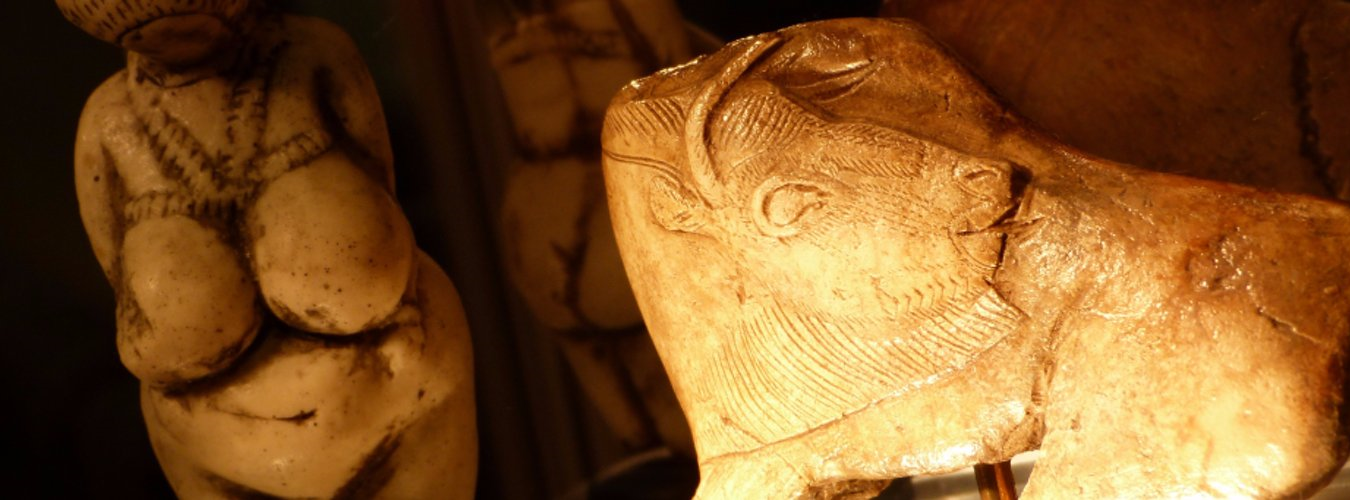Dr R. Helen Farr
Associate Professor
(023) 8059 8191
R.H.Farr@soton.ac.uk
Dr R. Helen Farr is an Associate Professor in Archaeology at the University of Southampton.
I am a maritime archaeologist with a focus on prehistoric submerged landscapes and early seafaring. I completed my PhD at Cambridge University studying Mediterranean obsidian circulation and maritime travel in the Neolithic. This research led into a post-doctoral position at Cambridge University and a fellowship within the McDonald Institute for Archaeological Research. During this time I developed an interest in prehistoric submerged landscapes and worked on a project in Calabria, southern Italy. In 2009 I was awarded a three year Leverhulme early career fellowship to work at Southampton University studying the prehistoric submerged landscapes of the Solent and the dynamic relationship between people and their changing environment as sea-levels rose during the Holocene. This fellowship led into an interdisciplinary lectureship within the newly formed Southampton Marine and Maritime Institute where I developed interdisciplinary marine research in Archaeology and Ocean and Earth Science before transitioning into the Faculty of Arts and Humanities.
My doctoral research used a combination of obsidian analysis and palaeo-environmental modelling to discuss prehistoric seafaring and the obsidian trade as socially embedded systems of knowledge and practice in the central Mediterranean during the Neolithic period. This work has developed to focus on the social implications of seafaring, navigation, boat technology and the maritime environment more globally, and I have been lucky enough to work across the Mediterranean, Black Sea, Pacific, Timor Sea and into the Indian Ocean where I worked on the island of Mauritius, as well as closer to home in the Solent.
As a co-investigator on the Black Sea MAP I participated in the scientific research as well as helping develop the educational resources and outreach. As a passionate educator and Science Communicator I have been involved in a number of media and educational projects and am a STEM champion.
In 2017 I was awarded a prestigious European Research Council Horizon 2020 grant (2018-2023) for the ACROSS project, to take an interdisciplinary approach to the study of early human connectivity and dispersal between Sunda (Island South East Asia) and Sahul (modern day Australia and New Guinea). As part of this project I lead a team of archaeologists, geologists, oceanographers and geneticists from multiple International Research Institutes to take an interdisciplinary approach to the study of the earliest undisputed global evidence for seafaring.
I am an HSE commercial diver and on the editorial board for the Journal of Maritime Archaeology, Fellow of the Society of Antiquaries of London, Associate Investigator of the ARC Centre for Excellence for Australian Biodiversity and Heritage (CABAH), and current co-chair of the UNESCO UNITWIN Network for Underwater Archaeology.
Research interests
I am fascinated by how people engaged with the sea in the past. This includes an interest in prehistoric maritime communities, their activities, social organisation, technology, modes of travel and social networks of trade and exchange. Understanding the changing maritime environment is an important element of this. People living on the coast have always been effected by coastal dynamics and changing sea-levels. Many prehistoric coastal landscapes, and the archaeological information which they hold, are now submerged due to Holocene sea-level rise. Modern interdisciplinary research combining underwater archaeology, marine geology and geophysical techniques enable us to identify and map these landscapes and the potential preserved archaeology within them. My research on these submerged landscapes in southern Italy, the Black Sea, the Solent, and more recently, on the north western Australian continental shelf and Island South East Asia, aim to shed new light on these changing environments, early maritimity and the origins of seafaring.
In my current research I am combining my interest in early seafaring and submerged landscapes to reassess the peopling of Australasia 65,000 years ago. This represents some of the earliest evidence of modern human dispersal outside Africa, yet, even at the greatest sea-level lowstand, this migration would have involved seafaring. It is the maritime nature of this dispersal which makes it so important to questions of technological, cognitive and social human development. These issues have traditionally been the preserve of archaeologists, but with a multidisciplinary approach that embraces cutting-edge marine geophysical, hydrodynamic and archaeogenetic analyses, we now have the opportunity to examine the When, Where, Who and How of the earliest seafaring in world history.
PhD supervision
I am willing to supervise future postgraduate students on the following topics: submerged prehistoric landscapes, Mediterranean prehistory, obsidian analysis, early seafaring, island archaeology and maritime connectivity. Geographic regions of particular interest include the UK, central Mediterranean, Indian Ocean, Mauritius and Australia.
Research group
Centre for Maritime Archaeology
Affiliated research groups
Centre for the Archaeology of Human Origins, Human Evolution, Chronology, Dispersals and Lifeways, Maritime Archaeology
Selected research project(s)*
ACROSS: Origins of Seafaring to Sahul
The ACROSS project takes an interdisciplinary approach to researching some of the earliest seafaring in human history: that between the Sunda shelf (Island South East Asia) and Sahul (Australia and New Guinea).
Bova Marina Maritime Project
The Bova Marina Maritime Project is a multidisciplinary collaboration between archaeologists, oceanographers and earth scientists working on the coast and near offshore zone in southern Calabria, Italy.
*For a full list of Dr R. Helen Farr’s research projects, please see her main staff profile on the University of Southampton’s main Archaeology Department webpage.
